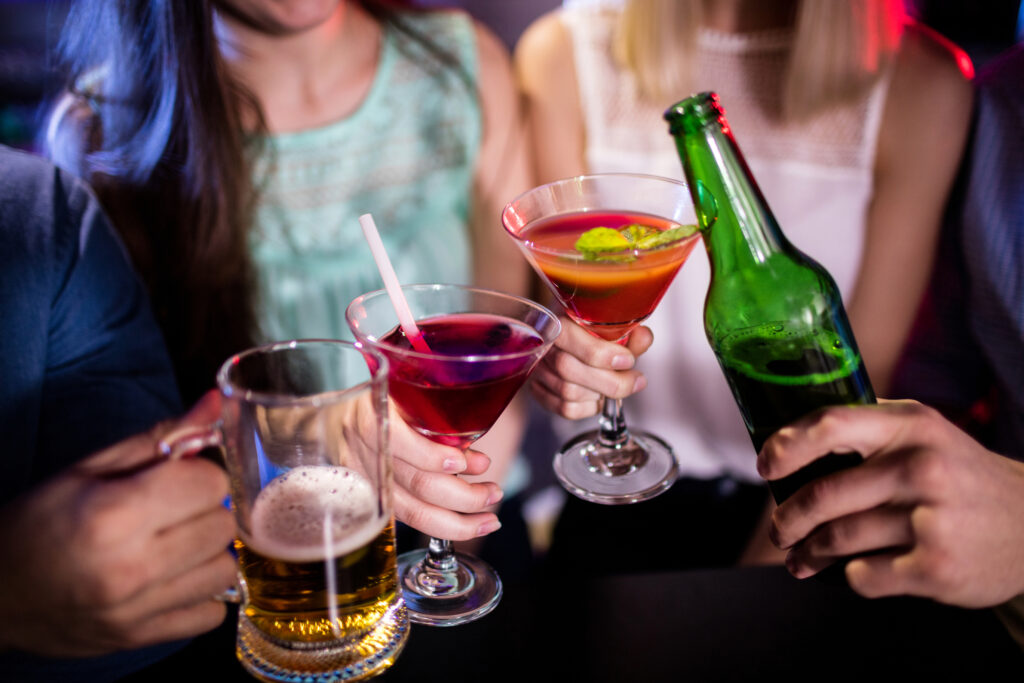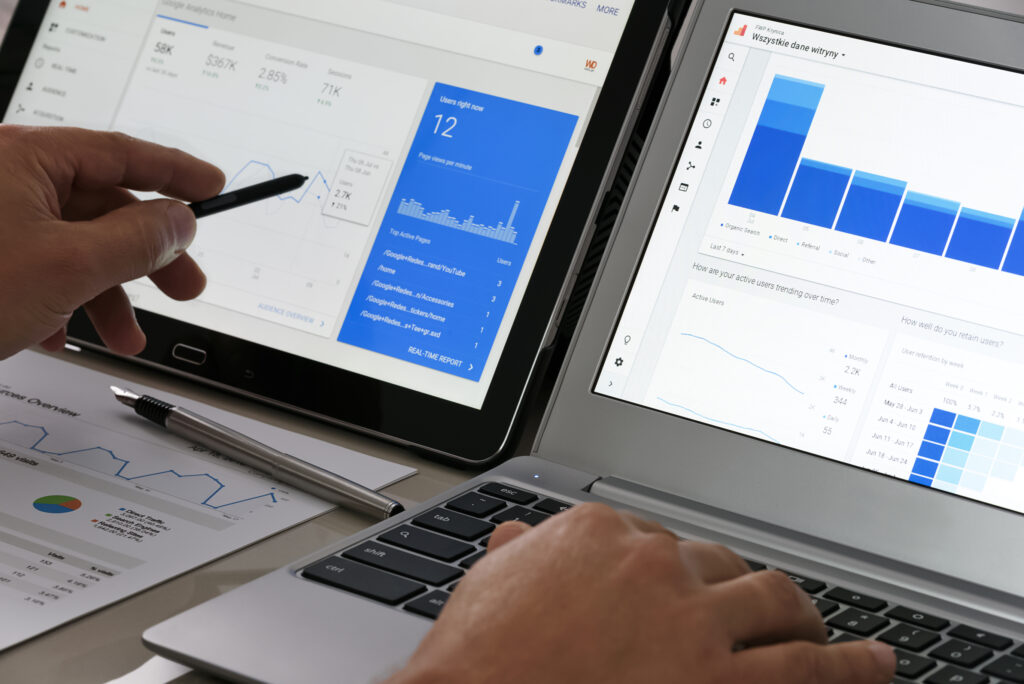
By: Hanifa Sekandi
Trend fatigue is a real thing. Every year, it is something new. When you think your brand has captured the market with savvy marketing strategies, there is another plot twist. Everyone loves a plot twist in a movie, but not when it comes to modern marketing. It truly is a game of chess. There are many wins and many losses. Marketing teams need to have tough skin and a positive mindset. The long game in beverage marketing requires resilience. Also, a loss does not mean that your brand is failing. It means you must focus on marketing strategies that truly resonate with your audience. Every marketing campaign should include previous successful strategies that, time after time, have proven to be fruitful for your brand.
As the CEO of a beverage brand, you need to ask your marketing team why they are not developing unique trends. Marketing campaigns that set in motion viral moments lead to other brands following suit and borrowing elements from your brand. Aside from being touted as the beverage of choice, being an industry gatekeeper elevates you to an elite league. And positions you with not just beverage brands but also other consumer goods brands. It also leads to opportunities for collaboration.
When looking to jump on a trend, gravitate towards timeless ones if your budget is small. Hopping onto a viral trend works if your budget allows room for play, A.K.A. trial and error, rolling the dice. Some brands do not desire to be all things for everyone. Some brands are happy with their audience and consistent revenue. Many beverage brands in this category avoid trends and do not look for viral moments. For new brands, the pressure to surf the trend wave is overwhelming. Do you have a choice? Can you build your audience organically? If so, how? There are a few cost-effective methods to elevate your brand presence.
Here are two timeless trends:
Brand Collaborations
Does your beverage remind you of extreme sport or a NASCAR race? If your beverage were a clothing brand, who would it be? Imagine your consumer. Where do they shop? What kind of activities do they find enjoyable? Is it fishing? Or golfing? Like beverage brands, consumer goods brands seek ways to reach their audience. An example of a unique brand collaboration was between Fender and Bixton clothing apparel. Fender needed to reach their audience through clothing buying preferences, and Brixton desired to be an apparel brand that musicians gravitate toward.
The Croc and Pop-Tarts collaboration is a fitting example of how to market two brands together. Both brands can reach their audience and attract new consumers from brand collaborations. This was a limited edition launch during the summer. When people purchased a pair of Crocs Classic Clogs, they would receive a box of Pop-Tarts and edible crocodile-shaped Jibbitz candies. This promotion ran for only three days, and a limited amount was available for purchase. Those who wanted to purchase this limited edition had to sign up at a microsite designed exclusively for this collaboration. Overall, this was a great marketing strategy to improve brand awareness. Having a sign-up form also allowed both brands to gain new subscribers to their newsletters.
Heineken, in 2017, partnered with BAPE clothing. For this collaboration, sweatshirts, backpacks, accessories, jackets and T-shirts were designed to combine BAPE and Heineken branding. These custom-designed items were only available at BAPE stores. The subliminal marketing in this effortless campaign strategy is notable. This is an out-of-home marketing strategy that illuminates the influence that clothing has on consumer choices and the beverages they purchase. Heineken as a beverage of choice when ordering a beer at the local bar after a visit to a BAPE store is a likely occurrence. Everywhere people go, they are influenced by the advertisements they see. Did you want pizza because you truly desired it, or is it National Pizza Day, and you keep seeing social media posts of the best pizza places?
So how do you get started? How can you dream up a savvy brand collaboration? Research. Spend time understanding the behavior of your desired audience. Look at the brands they lean towards. Find out if the brands you have in mind have done brand collaborations before. Do not approach the marketing director of the brand you have in mind without a plan. You need to pitch ideas and why both brands would benefit from this collaboration. Set the stage for brainstorming ideas and opening the conversation. If you are lucky, they may see this as the perfect pairing. In some cases, you may need to present a marketing plan that allows them to visualize what this collaboration would look like. In addition, highlight the benefits for both brands if this collaboration occurs.
Should you only approach big, popular brands? No. Both BAPE and Brixton are niche brands. They target a specific consumer base. The sky is the limit with brand collaborations. Crocs also collaborated with KFC. With brand collaborations, you can do several in a year. Supreme clothing and Oreo collaboration is another notable think-outside-the-box marketing strategy. The food your consumer loves in the color of the clothing brand they cannot get enough of. Is your top-shelf tequila or ale the next limited-edition ice cream flavor?
A Little Bit of Everything
Who doesn’t love a good Caesar salad? When the craving hits, you want to make your own. But you do not want to purchase every ingredient individually. Reaching for the pre-made salad mix is ideal. Consumers like it when brands offer them what they need without the hassle. Take the guesswork out of the process. If you sell cases of your beverage, consider including mixers or other drinks that pair well with your beverage. Multi-packs are quite popular, but consider making yours functional. Moreover, each beverage pairs well together.
Consider something that has not been done yet, but maybe you will be the first. If your brand offers non-alcoholic beverages, split the pack in half to contain an alcoholic and a non-alcoholic option. Conscious beverage consumption is on the rise. This gives the buyer the option to have one or both. But for those who choose to drink less or attend a gathering with friends and do not drink, this takes the guesswork out for them. It is also very convenient.
A little bit of everything also includes a signature fizzy flavored water that combines clean ingredients. This should be sold along with your beverage. Ensure that all the items are packaged or placed together in-store. Create promotional material that can displayed in-store that highlights your unique offerings. These campaigns can run along with recipes that a master mixologist has crafted for your brand. It also allows you to do a call-to-action where people can show you how they created cocktails from the limited edition offering. Take all the guesswork out for this limited-run campaign.
An end cap is quite effective for this strategy. It saves the store trouble and gives you control over how you display this promotion. The beauty of this strategy is that you will introduce your existing consumers to a beverage from your product line that they have never tried.
Two Trends for Success
Each year, pick two timeless trends to implement. If previous trends are still serving you well, continue to utilize them, but be sure to add unique nuances so that they are familiar but different. Both brand collaborations and showcasing several products together are timeless trends that can be used all year. A little bit of everything works well in the summer and during the holiday season. Brand collaborations can occur every few months. Throw your net out wide to see how far you can go with each brand collaboration. Consumer brands are collaborating with famous bakeries. For example, Lakes Brew Co. collaborated with Ginger Bakers to make a Chocolate & Stout Loaf Cake with Lake Brew Co. Breaking Origin Imperial Stout.
Collaborations are not just limited to brands. Influencer and celebrity collaborations with limited-edition products perform quite well. This approach requires due diligence. Remember your brand ethos, what your brand represents and the desired goal. Partnering with a popular chef from a popular show could be fruitful. If you try this form of collaboration, do not assume you must collaborate with a popular influencer or celebrity. Your goal is to target your audience. Niche influencers and celebrities are also a smart choice. It also helps you narrow down your audience. Brand collaborations can have many angles. If you are bold, you can combine both trends: a little bit of everything and a brand collaboration. Both trends give you room to devise a marketing campaign that can help you become a noteworthy beverage brand.








